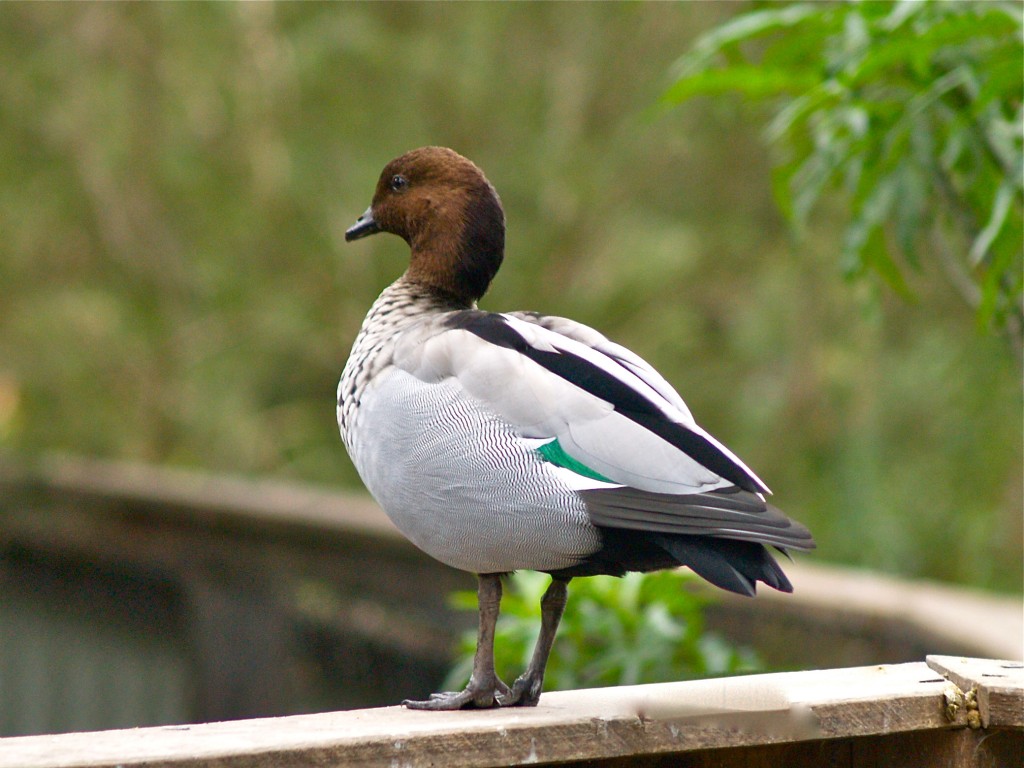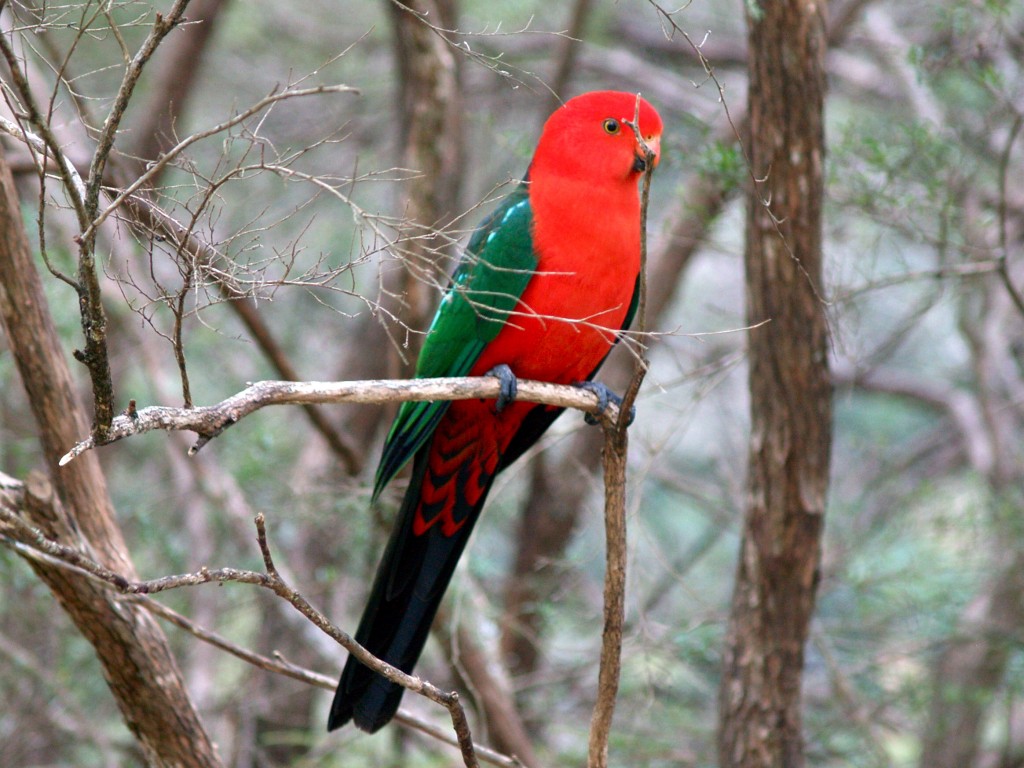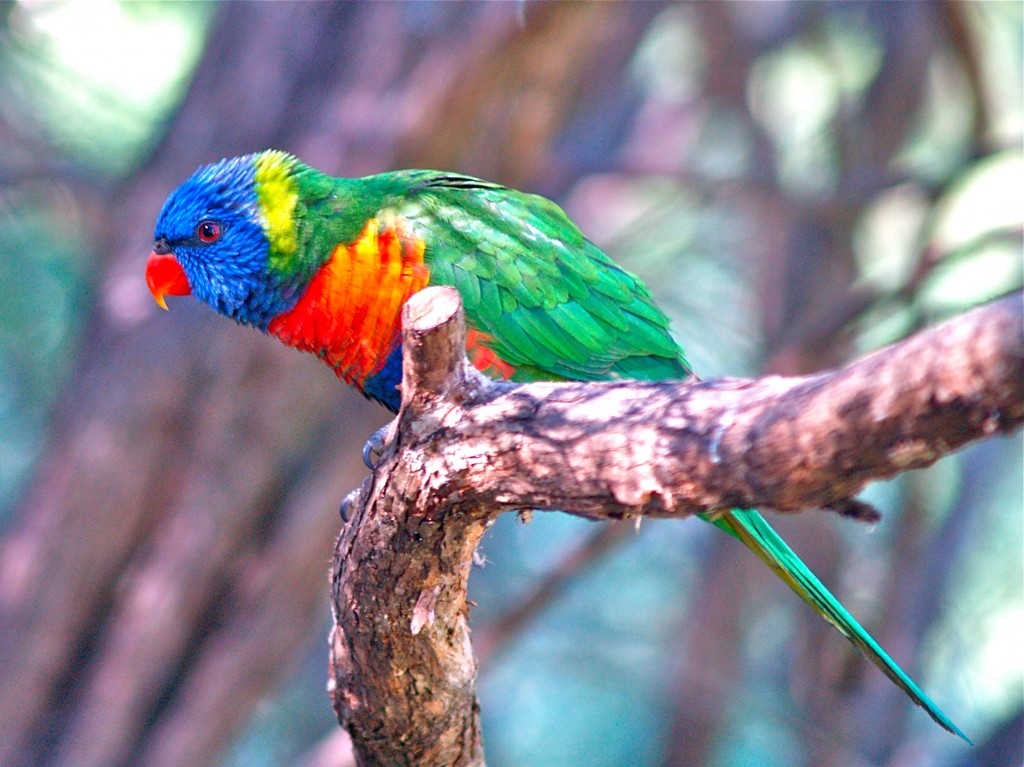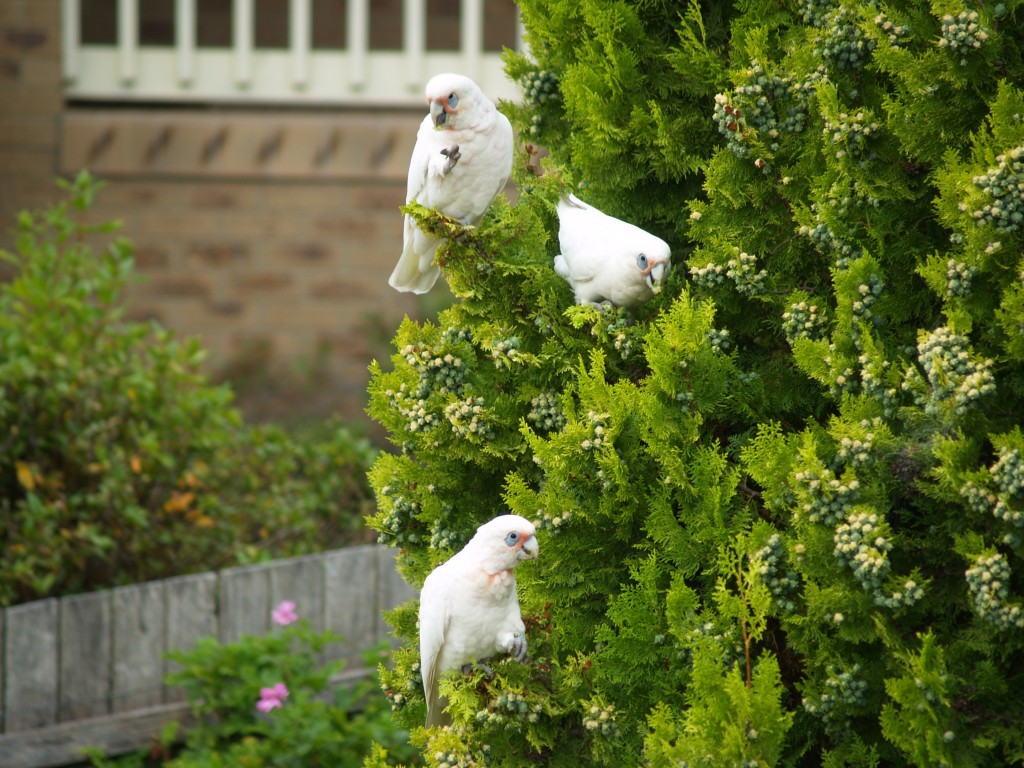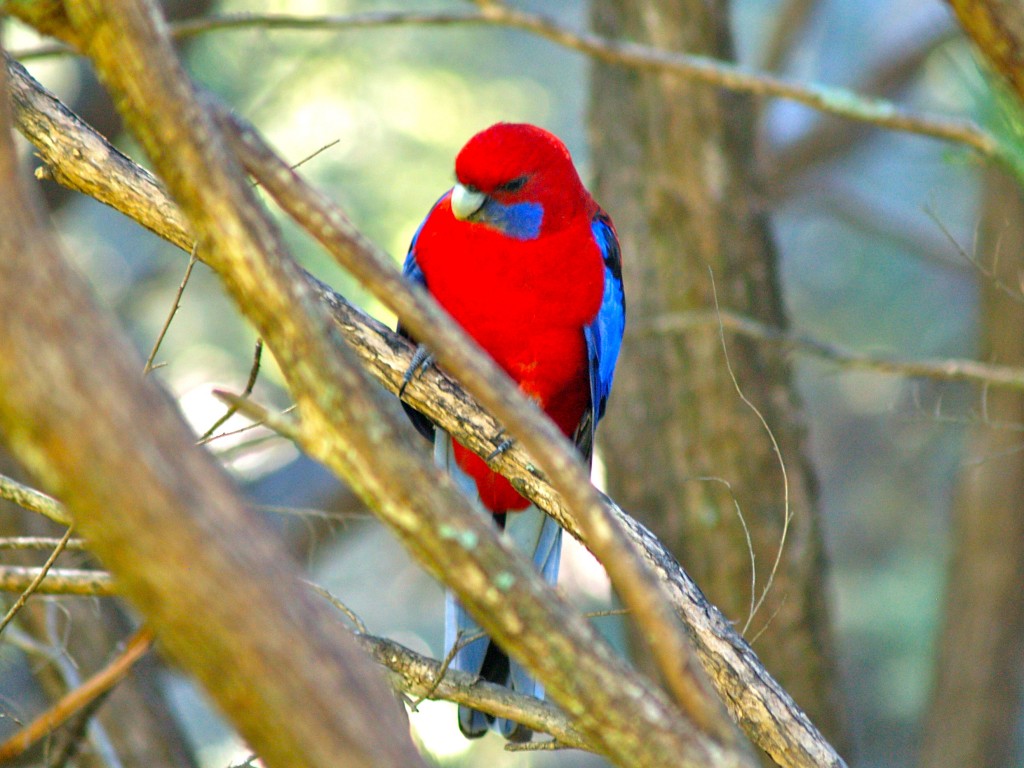With a student making a marvellous post about birds in his area, I thought I would share a few pictures of birds I’ve photographed around my area (including some from an animal refuge I’ve helped).
The student’s post… Justin
The little pied cormorant (Microcarbo melanoleucos) is often seen diving for fish in our tidal saltwater lake. You can probably see its webbed feet to help it swim.
Schools and students have permission to use this graphic for non-commercial, educational purposes.
Australian Wood Duck (Chenonetta jubata) a visitor to our area can often be seen on a nearby sport oval. They sometimes breed in our area. Once I had to stop cars while a clutch of ducklings waddled across a bridge to the safety of a creek.
Schools and students have permission to use this graphic for non-commercial, educational purposes.
Gouldian Finch (Erythrura gouldiae) showing colour variation & Star Finch (Neochmia ruficauda) bottom right. These finches aren’t native to our area but are endangered in the wild. They were filmed at Potoroo Palace Native Animal Sanctuary.
Schools and students have permission to use this graphic for non-commercial, educational purposes.
King parrot (Alisterus scapularis) male. Very much brighter than the females. They sometimes visit my yard.
Schools and students have permission to use this graphic for non-commercial, educational purposes.
King parrot (Alisterus scapularis) female.
Schools and students have permission to use this graphic for non-commercial, educational purposes.
Rainbow Lorikeet (Trichoglossus haematodus) Living on nectar, imagine children on high sugar diet. Excitable birds often feeding on nectar in my yard.
Schools and students have permission to use this graphic for non-commercial, educational purposes.
Tawny Frogmouth (Podargus strigoides) not common to see in the wild but I have found them in my area. Looking owl-like they aren’t an owl but are generally nocturnal.
Schools and students have permission to use this graphic for non-commercial, educational purposes.
Magpie Goose (Anseranas semipalmata) They are native to northern Australia. This bird came into care at Potoroo Palace after being found with a deformed left foot.
Schools and students have permission to use this graphic for non-commercial, educational purposes.
Laughing Kookaburra (Dacelo novaeguineae) These birds are often heard in may area. Their call is said to sound like a laugh but is towarn other birds to keep out of their territory.
Schools and students have permission to use this graphic for non-commercial, educational purposes.
Emu (Dromaius novaehollandiae) These large birds aren’t found in my area but were common in the first school where I was a teacher. I sometimes had to chase them out of the school grounds before the children arrived.
Schools and students have permission to use this graphic for non-commercial, educational purposes.
Australian Magpie (Cracticus tibicen) Some males can be very aggressive in breeding season although they generally aren’t. As you can see in this image, they can come close to people. The photo wasn’t taken with a telephoto lens. He just wanted a free handout.
Schools and students have permission to use this graphic for non-commercial, educational purposes.
Little Corella (Cacatua sanguinea) It was unusual to see them on a tree in my yard. We normally get sulphur-crested cockatoos after the pine nuts. One day they arrived and posed beautifully. The more regular sulphur-crested cockatoos are out of picture shot.
Schools and students have permission to use this graphic for non-commercial, educational purposes.
Crimson Rosella (Platycercus elegans) These birds have a beautiful piping call. they are reasonably shy but a pair often makes visits to my yard for a share of the seed left out. This bird is a male. The females have more subdued colours.
Schools and students have permission to use this graphic for non-commercial, educational purposes.
Australian Pelican (Pelecanus conspicillatus) These are beautiful fliers. They can sometimes be seen gliding through the air across the lake or soaring high in the sky using thermals.
Schools and students have permission to use this graphic for non-commercial, educational purposes.
* * * * * * * * * * * * * * * * * * * * * * * * * * * * * * * * * * * * * * * * * * * * *
Now for something completely different, an audio file. The superb lyrebird (Menura novaehollandiae) is elusive to photograph as they are very shy. When hiking I often hear their call. They mimic sounds they hear so can imitate many others birds. One day while out walking, I was finally in a good position to make an audio recording of the male lyrebird’s call. I was hidden downwind behind a tree. Here is what was recorded…
Schools and students have permission to use this video/audio clip for non-commercial, educational purposes.


